This service was commissioned by the future King Louis-Philippe 1st on his return from exile under the first restoration, titled Duke of Chartres then Duke of Orléans, in 1814 Louis XVIII gave him the title of 1st prince of the blood which allows us to date this plate in a fairly short period between 1814 and 1830. This plate does not bear a maker's mark but some bear the mark of the Monginot factory. there is also the same service but with nets and black monogram, a gold service with the arms of the Orleans and a richer service with a green background and colors.
Paris porcelain owes its fame above all to the hard porcelain factories which multiplied there from 1771, when it became possible to obtain kaolin from Saint-Yrieix la-Perche near Limoges and to compete with Sèvres whose exclusive privilege was slackened. In Paris and the surrounding area, new factories were established, escaping all prosecution, thanks to the patronage of royal princes. These were in turn, that of the Count of Provence in Clignancourt named Manufacture de Monsieur (1771), those of Marie-Antoinette, rue Thiroux called the Manufacture de la Reine (1776), that of the Duke of Angoulême, rue de Bondy, founded by Dihl and Guerhard (1780), or the Duc d'Orléans (1784). At the end of the 18th century, there were more than twenty hard porcelain factories in Paris. Among the main factories are those with the signs of rue de la Fontaine-au-Roi, also known as the Courtille factory, directed by Locré (1771), rue Popincourt, founded by Jean Nast (1782), rue du Petit Carrousel ( 1774), the Faubourg Saint-Denis or Faubourg Saint-Lazare established by Pierre Hannong (1771). Their production always aimed to imitate the works of Sèvres, whose processes they tried to appropriate and attract workers. They were forbidden to use the gold and colored backgrounds reserved for the king's manufacture alone, but these ordinances were not always respected and, in 1784 and 1787, new decrees were issued granting them complete freedom.


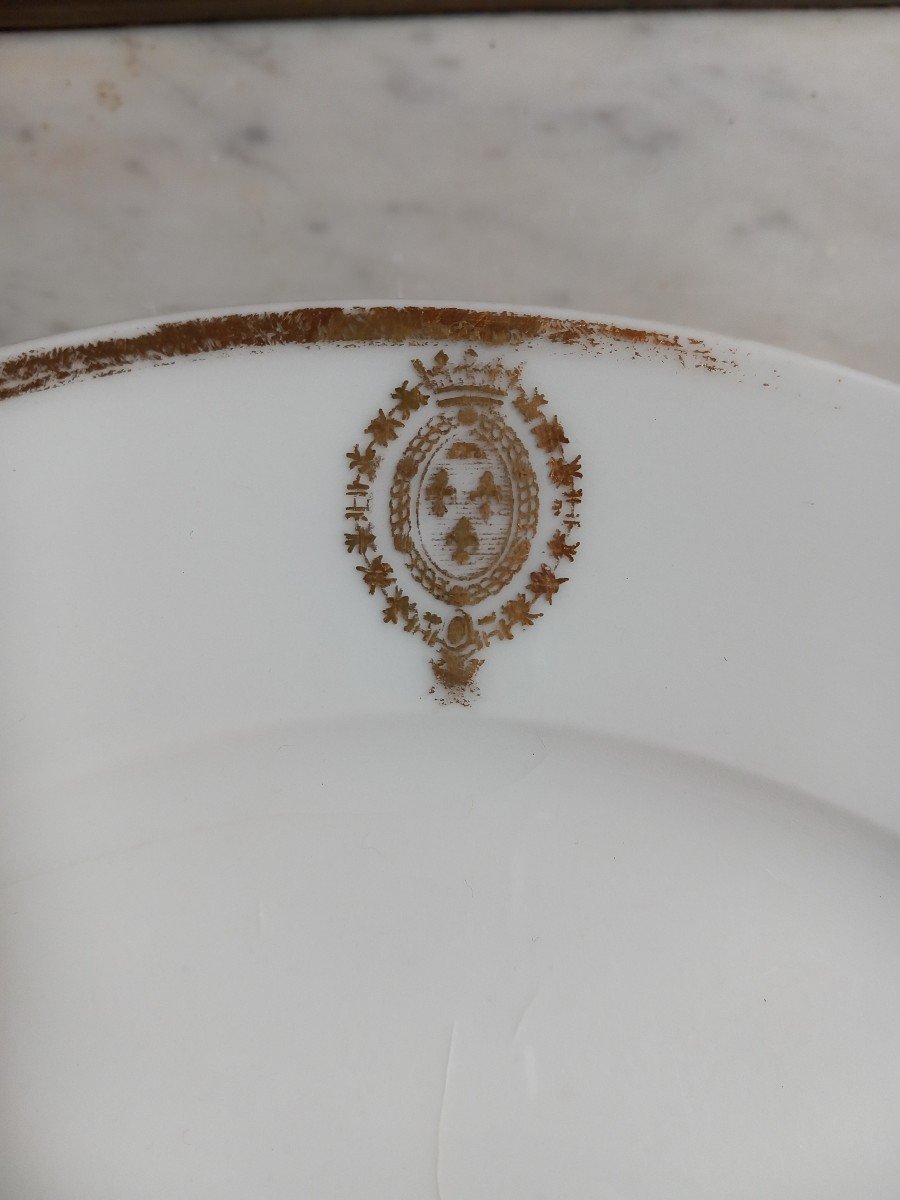

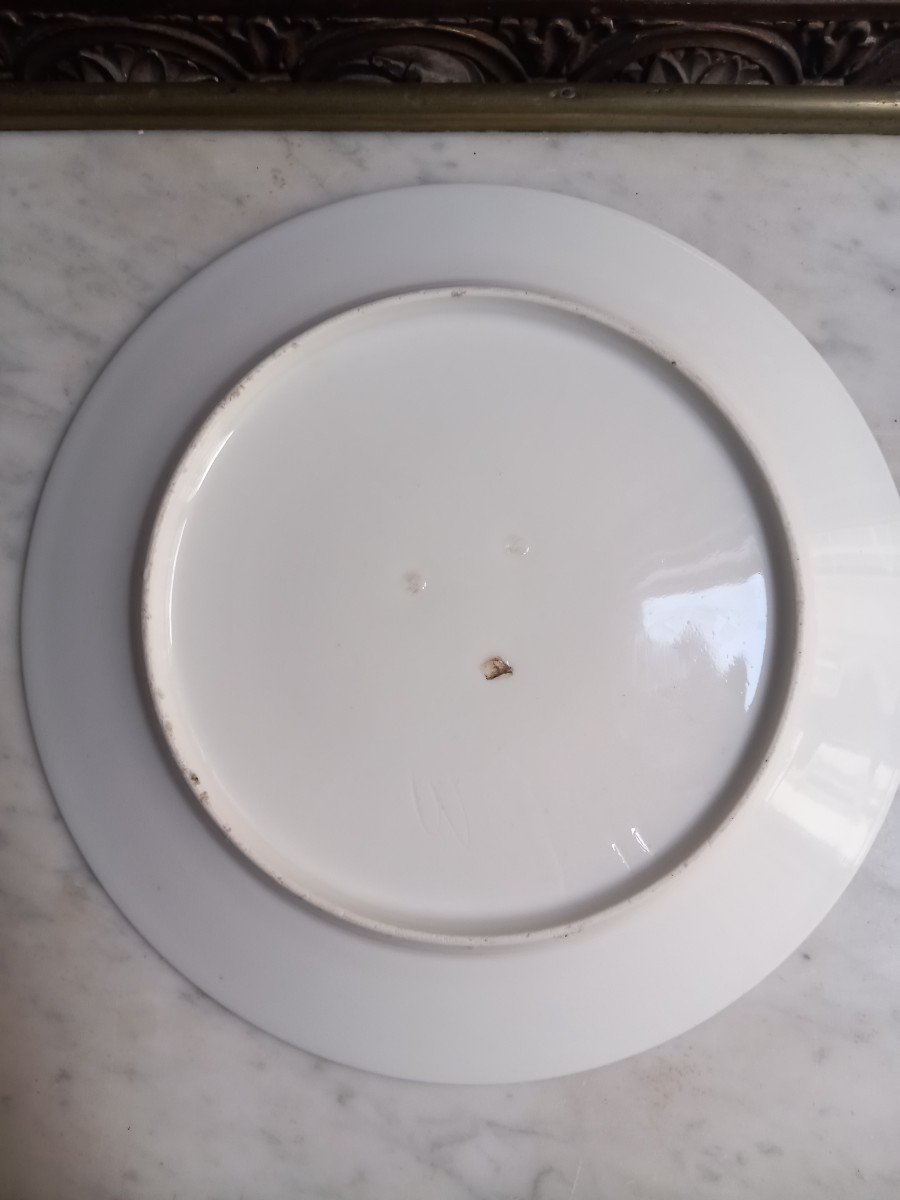




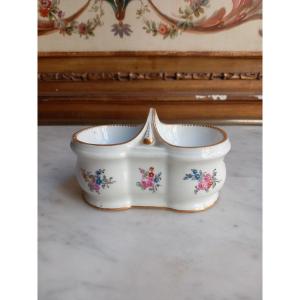

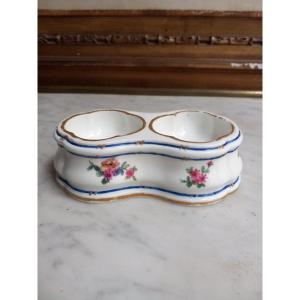
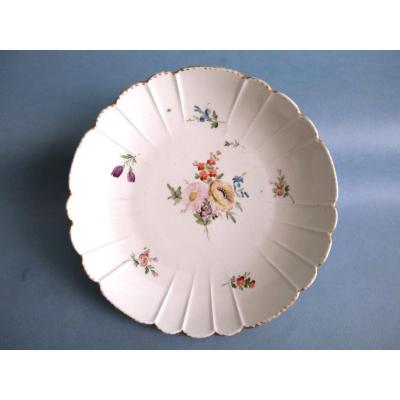

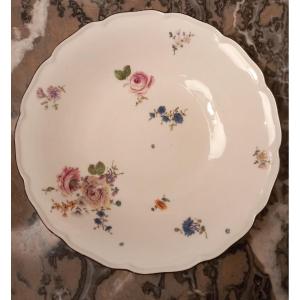

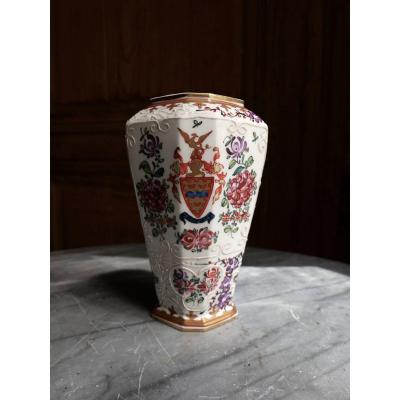
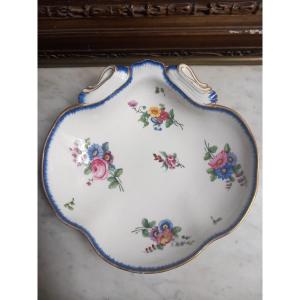
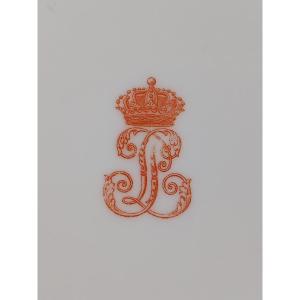
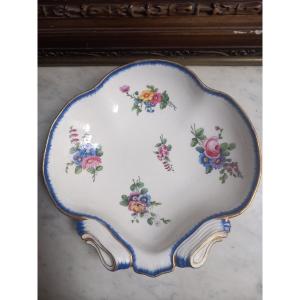

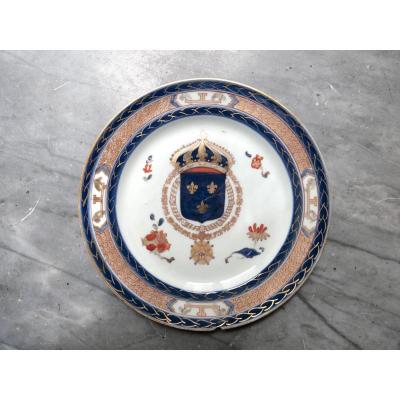

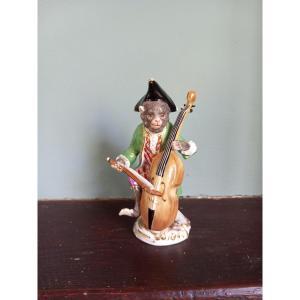








 Le Magazine de PROANTIC
Le Magazine de PROANTIC TRÉSORS Magazine
TRÉSORS Magazine Rivista Artiquariato
Rivista Artiquariato